Treatments
Treatments we provide:
Root Canal Treatment

If you are experiencing pain in your tooth or gums, it is important to see a dentist right away. They will be able to determine if you need a root canal and refer you to a specialist if necessary. The earlier the problem is detected, the easier it will be to treat. A root canal can be an uncomfortable procedure, but it is usually not painful. You may experience some discomfort during the procedure, but this can be controlled with local anesthesia.
Read More...
A root canal is performed when the soft inner nerve part of a tooth, known as the pulp, is injured or becomes inflamed or infected.
The crown of the tooth — the part you can see above your gums — can remain intact even if the pulp is dead. Removing injured or infected pulp is the best way to preserve the structure of the tooth and increase it’s functional life.
Common causes of damage to the pulp include:
deep decay due to an untreated cavity
multiple dental procedures on the same tooth
a chip or crack in the tooth
an injury to the tooth (you might injure a tooth if you get hit in the mouth; the pulp can still be damaged even if the injury doesn’t crack the tooth)
The most common symptoms of damaged pulp include pain in your tooth, and swelling and a sensation of heat in your gums. Discoloration or graying of the tooth is also a sign.
Crowns & Bridges

Dental crowns:
Ceramic dental crowns, or caps, can be an effective solution for restoring form and function to
damaged teeth while also improving their appearance.
Once the design has been completed, your crown will be fabricated out of durable porcelain material and then secured to your tooth with strong dental cement. Through proper care and maintenance, your dental crowns can last for decades.
Read More...
Dental bridges:
If you are missing numerous teeth, you probably look at
old photographs and wish you can have that smile back. This wish can become a reality.
Dental bridges can be an excellent option if you are missing one or more consecutive teeth along your jaw line. Dental bridges are often supported on either side by natural teeth or implants, depending on your specific needs. Ultimately, this effective cosmetic and functional treatment can provide beautiful results while helping to improve speaking, chewing, and a variety of other problems associated with missing teeth.
Advantages:
Unlike dentures, a fixed bridge is never removed. It is stable in the mouth and works very similar
to natural teeth.
By filling the gap and stopping the movement of other teeth, a fixed bridge is an effective investment, providing better chewing ability, heading off jaw joint problems and saving money that would otherwise might be spent on future dental treatment.
Dental bridges help you speak properly. During speech, your tongue pushes against the back side of your upper teeth to achieve proper pronunciation. Missing teeth can quickly affect the way you talk.
FULL MOUTH RECONSTRUCTION

A full arch rehabilitation can provide the opportunity to eliminate present lack of function, inflammation or aesthetic compromise. Advances in surgical and prosthetic components, implant designs, surface technology, and imaging techniques now allow for accelerated treatment times and reduced costs that benefit the patient.
Read More...
Potential reasons for full arch rehabilitation might be:
To fulfill the desire to have healthy and beautiful looking teeth Insufficient chewing functionality
Different former dental treatments of variable quality or multiple restorations of different colour.
Severe tooth damages caused by nutrition disorders like bulimia or gastro esophageal reflux disease.
Tooth structure loss due to a lack of information about tooth protection and dental hygiene during childhood.
The desire to correct misalignment or crowding of the natural dentition. finally due to a lack of orthodontic treatment during childhood
Full arch rehabilitations are complex and require meticulous treatment planning and a high expertise in various field of advanced dentistry. It is advised to choose only experienced dentists to ensure a predictable and excellent result.
All Types of Dentures

People lose teeth due to all sorts of reasons including illness, accident and deficient care; and prosthetic dentistry provides various treatment options to replace them.
The loss of a single tooth can lead to the compromise of other teeth and if left untreated can lead to permanent changes in facial appearance. Complete and partial dentures can replace either some or all of your natural teeth.
Read More...
Modern dentures look like natural teeth and are more comfortable than their predecessors. The denture teeth we use are gender specific and are made from state of the art materials. Whether your denture base is made from gum colored plastic or biocompatible metal alloy, rest assured it will be as resistant to impact and offer the best fit as possible.
Aside from other health concerns, dentures prevent cosmetic changes that occur from tooth loss. Lesser teeth causes a condition called “collapsed bite” which changes a person’s face. Bite collapse causes the hollowing of a person’s cheeks, leading them to look tired or simply older.
The modern day working relationship of our Dental Technicians and Implant Dentists means you can have dentures that stay in place with a fully restored chewing ability and taste sensation and less denture base using various types of attachments.
Veneers and Lumineers

Porcelain dental veneers are thin, tooth-colored ceramic laminates which are bonded permanently to the facial surface of teeth. In most cases, only a very thin layer of the visible tooth structure has to be prepared. In comparison to a crown restoration. almost all tooth hard tissue will be spared.
Read More...
Dental Veneers allow covering tooth spaces, correct misalignments or length differences. Veneers can be an excellent treatment option for patients seeking to improve the appearance of stains, chips, gaps, and a number of other perceived tooth imperfections
We are able to customize your porcelain veneers to resemble the look and feel of your natural teeth, all while providing you with highly durable and beautiful results.
Uniquely designed to match the shape and color of your natural teeth, porcelain dental veneers can be used to conceal a variety of tooth imperfections including:
Chips, cracks, and breaksStains and other discolorations
Gaps and alignment issues
Worn and disproportionate teeth
Veneers are designed to be maintained through routine oral cleaning habits, and they can last for decades!
Lumineers can be used in cases of minor misalignments, mild aesthetic corrections and moderate tooth discoloration. They can be as thin as contact lenses and are translucent. Therefore, they can improve the aesthetic appearance of teeth that look already moderately appealing. Due to this fact in some cases no preparation of the natural tooth is necessary to bond the lumineers permanently. Yet in cases where teeth demonstrate multiple fillings, wide gaps, trauma or severe discoloration, lab-fabricated ceramic veneers are indicated.
Teeth Whitening

Bleaching
Whitening of teeth is performed for patients who desire a brighter smile. Tooth whitening can be
performed to reduce discoloration and staining, or simply to provide the patient with whiter,
brighter teeth.
Read More...
Bleaching whitens your teeth gently and in a short amount of time by using active oxygen. It is an effective way to treat tooth staining and tooth discolouration quickly and effectively.
The whitening of your teeth takes about 90 to 120 minutes. During this time you can listen to music and relax.
Bridal packages: Bleaching, cleaning & polishing

When it comes to looking your best on your wedding day or other festive occasions, don’t forget about your smile!
There are a variety of bridal packages available that can help you and your future spouse get your teeth looking their whitest and brightest. From bleaching to cleaning and polishing, there are a number of ways to ensure you have that camera ready smile in time!
Read More...
We include customized smile design, cosmetic recontouring, composite and ceramic veneers or crowns in attractive packages to help you achieve your desired perfect looking teeth as well! These require additional time so make sure you plan an appointment earlier on with us to discuss all your options.
Implant Rehabilitation

The best way to replace a missing tooth today is with a Dental Implant. This treatment has the highest success rate in dentistry today. Dental Implants also help in the retention and support of Dentures. They have been created to improve people’s quality of life.
Read More...
Our patients report no pain during or after the procedure and the discomfort is so minimum that it does not usually interfere in your normal life routine. With today’s technology and evolution of CAD CAM and various biocompatible materials, we are able to use implants in diverse ways to not only restore single teeth but also provide support and retention of larger dentures and other facial structures. Visit us to know more!
ATRAUMATIC EXTRACTIONS
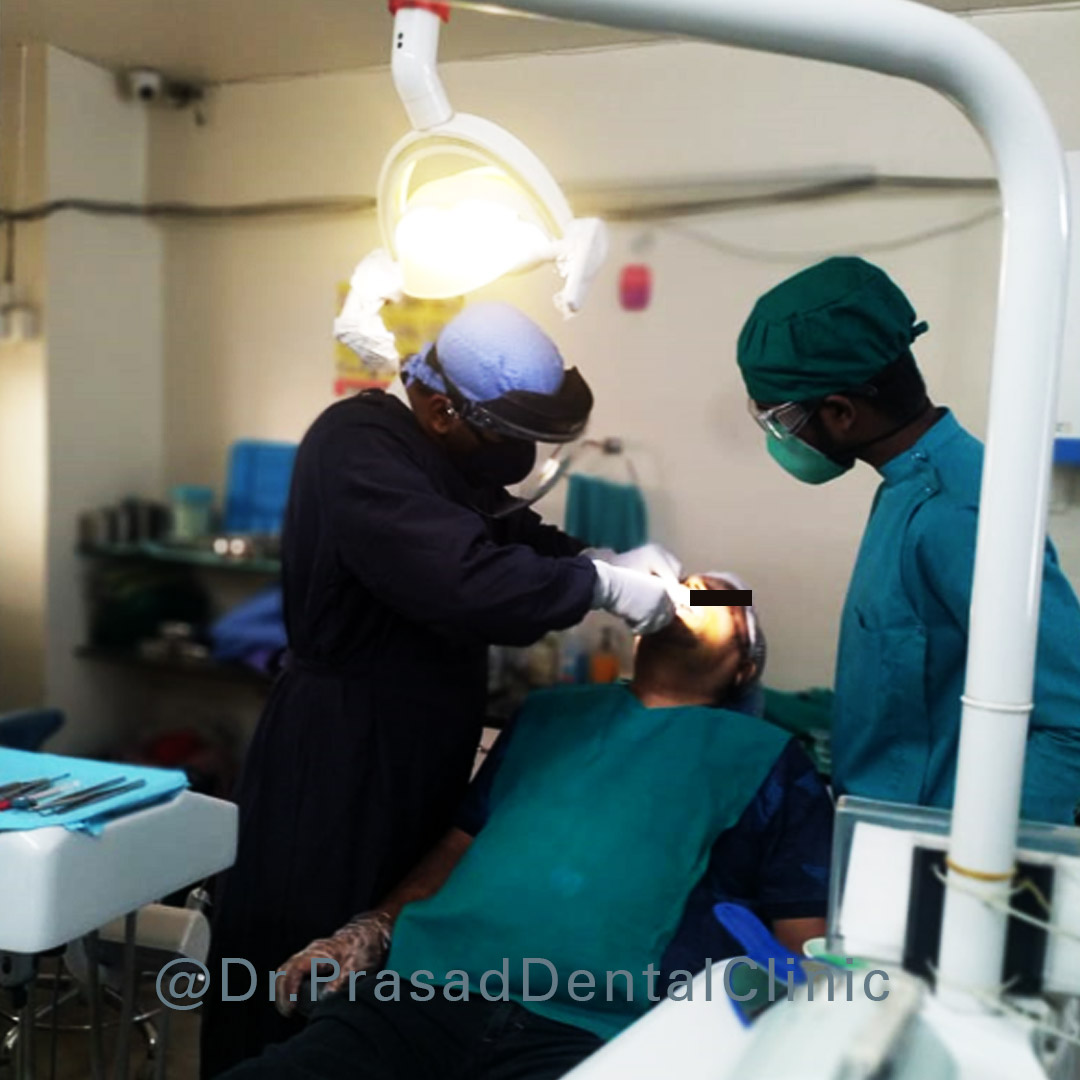
An atraumatic extraction causes the least amount of damage to surrounding tissue. This procedure came about because of the need to preserve bone during an extraction, primarily the all-important buccal plate. When this bone is destroyed, the socket collapses and compromises future implant placement, fixed crown-and-bridge esthetics, and the stability of removable prosthetics.
Read More...
To be in control of the atraumatic extraction procedure, one must use instruments and techniques that give you the best overall advantage. Our resident Oral and Maxillofacial surgeon Dr Vikrant Prasad is trained additionally in these techniques and is an expert at alleviating patient anxiety as well during these procedures.
Impacted teeth (partially or completely embedded in bone) are particularly common for most wisdom teeth which no longer have space or function in most of our jaws due to evolutionary shortening of dental jaw arches.
PEDIATRIC DENTAL CARE
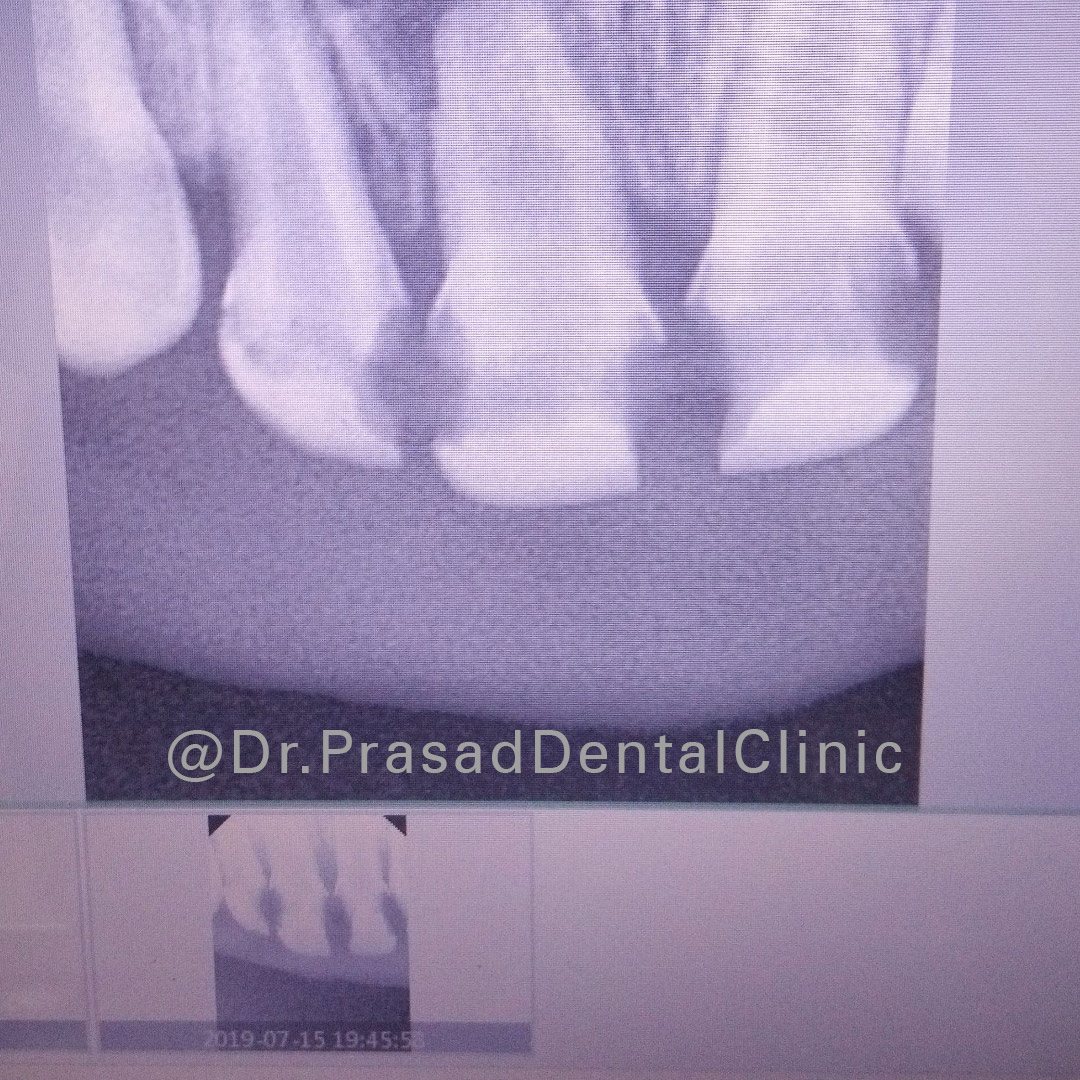
We take care of your child’s dental hygiene and treatment with the utmost care. We understand how important it is for kids to have a positive experience regarding their teeth. We have a specialist pediatric dentist on call for the very same reason so treatments can be well informed and predictable.
Though some pain cannot be avoided, we make sure they are comfortable. We also guide parents how to care for their child’s teeth and gums, and they can choose the right toothpaste, toothbrush and fluoride products.
Read More...
Preventive dental care for children is always our focus over only treatments and we encourage parents to bring their kids for regular dental checkups from an early age to encourage a positive dental attitude and a sense of responsibility for caring for their teeth.
Various preventive in office care like fluoride treatments and sealants are highly effective at preventing tooth decay before it starts and continues to pain and infection as well. Well planned dental care and awareness can help children develop good habits for the future. Visit us to know more!
Alignment of Teeth
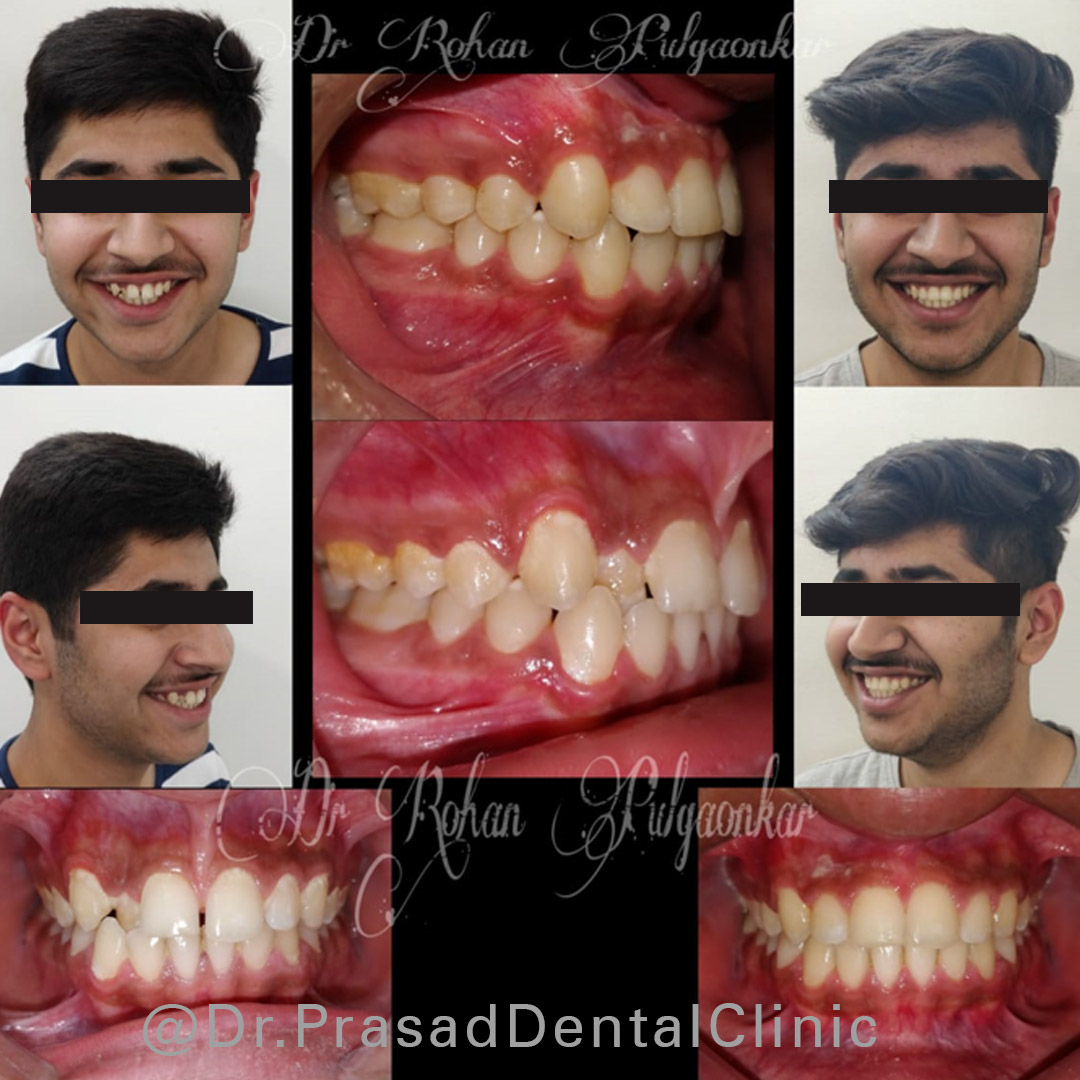
Crooked teeth can be hereditary, or they may occur due to an injury. Whatever the reason, there’s no need to worry – there are options available to help straighten your teeth and give you the smile you’ve always wanted.
With the help of an Orthodontist, or a braces specialist, alignment of teeth can be planned in conjunction with or without growth appliances that are useful from the young age of 9 years and can help guide jaw growth as well.
Read More...
Teenagers and adults can also undergo alignment of teeth via various less visible and invisible options to achieve not only a perfect look, but a functional and effective bite that prevents premature tooth damage due to malalignment of teeth that was ignored before.
Braces are a type of dental appliance that gradually move teeth into the correct position. They are usually made of metal or ceramic, and are attached to the front or back of the teeth with brackets. Newer technology allows the use of Invisible aligner options as well, always under the treatment plan and supervision of a certified invisible braces specialist.
Gum Procedures
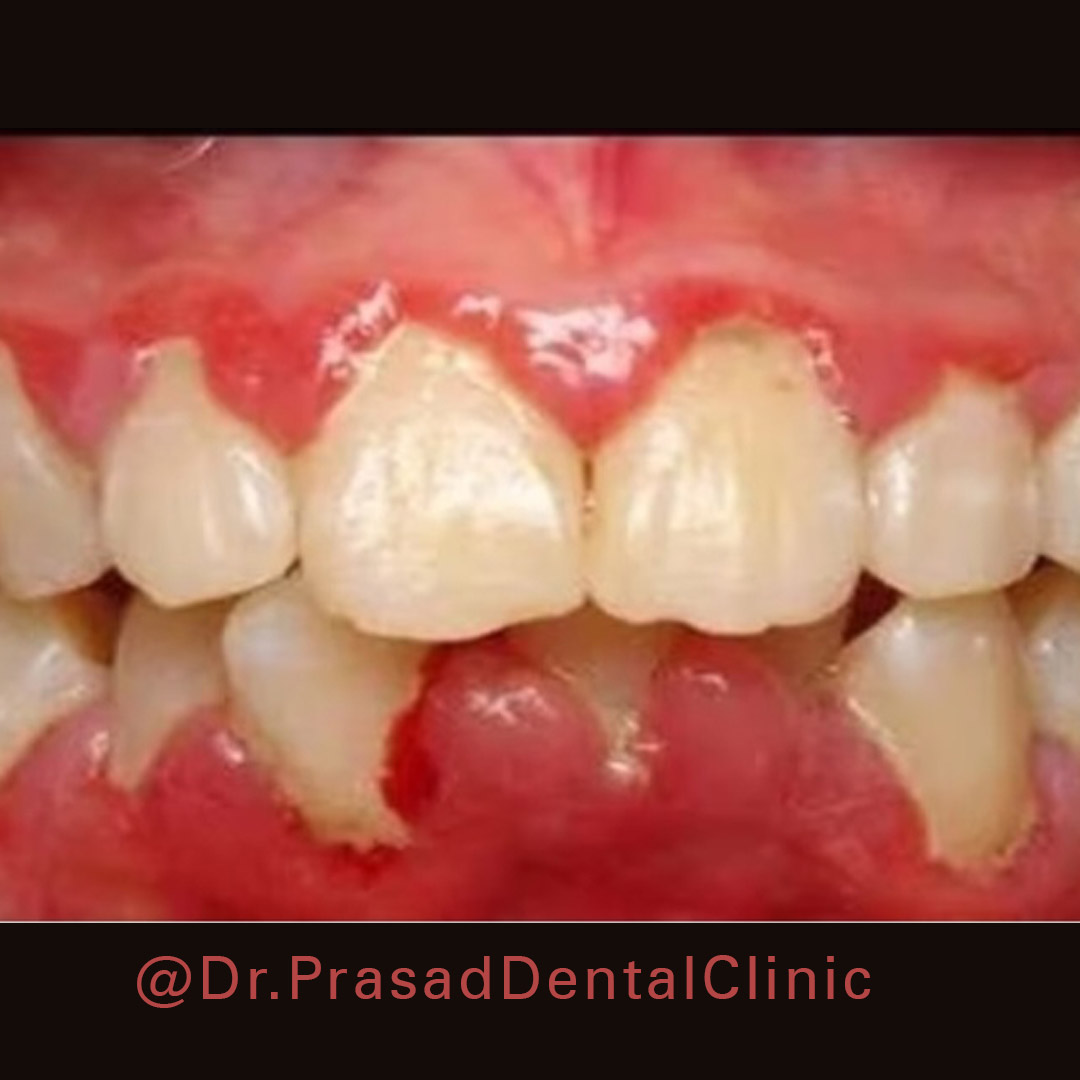
Periodontal disease is a form of gum disease that can lead to tooth loss and other serious health problems. It affects gums and bone that surround and support our teeth. Due to a fear of dentists and dental procedures, many patients avoid routine cleaning procedures, leading to tartar deposition and a chronic gum and periodontal inflammation. Such conditions can also be hereditary or medicine induced.
Read More...
Ignoring periodontal health and avoiding requisite treatments can lead to premature tooth loss and future problems with any planned prosthetic replacement as well due to a compromise in the jawbone.
Gum specialists use a variety of treatments to prevent and treat periodontal disease. These treatments include scaling and root planning, periodontal surgery, bone grafting, and laser flap surgeries. They have received additional training in recognizing and treating various periodontal issues and are instrumental in restoring and saving remaining tooth and bone structure.
LASER DENTISTRY
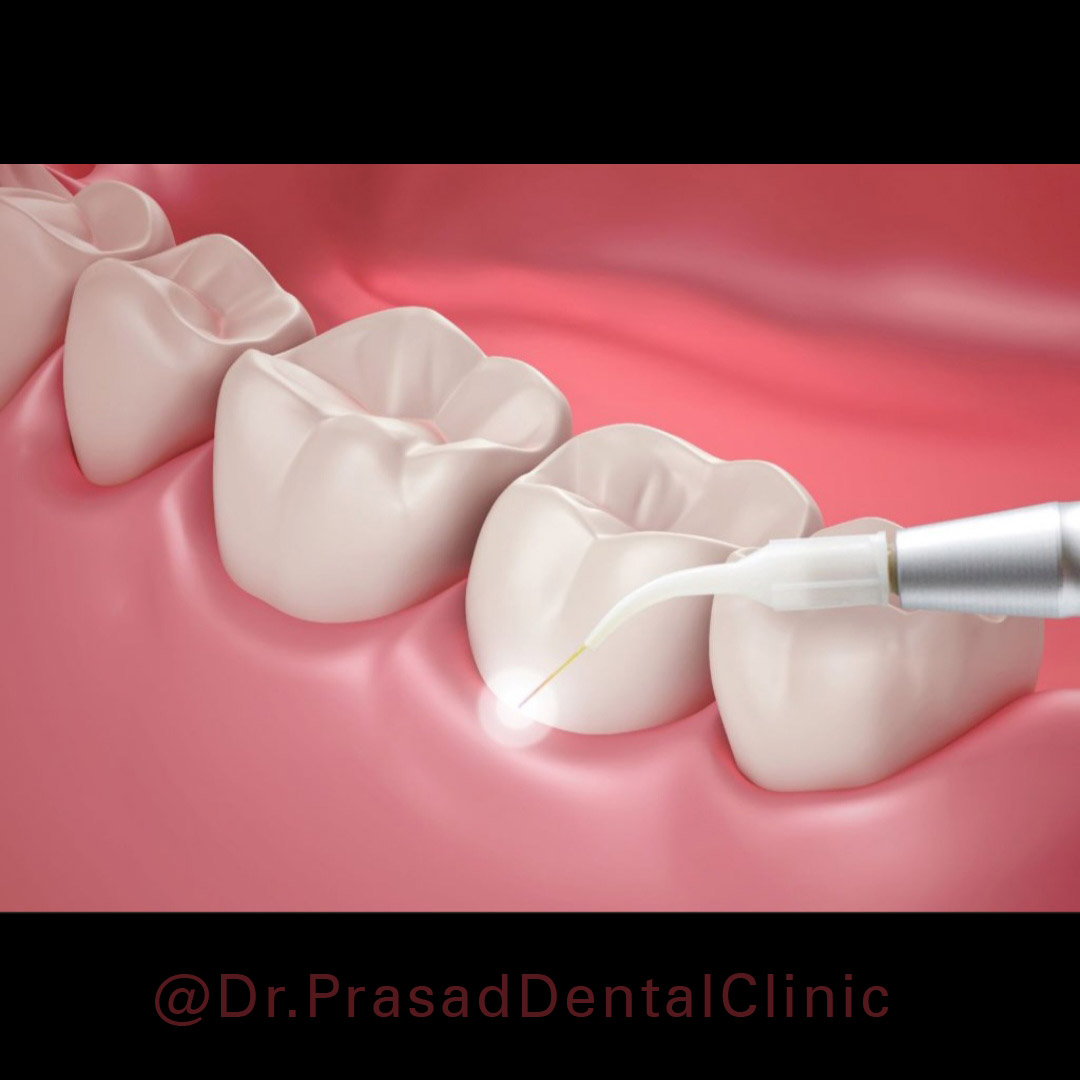
Our practice uses cutting edge technology such as laser dentistry to complete treatments. Traditional methods are regularly based on mechanical dental treatments in direct contact with the tissue.
Nowadays, the use of laser instruments permits treatments without direct contact to the tissue. Laser dentistry is a promising modality of treatment as it reduces the need for anesthesia and often shortens the time it takes for procedure sites to heal.
SEDATION DENTISTRY
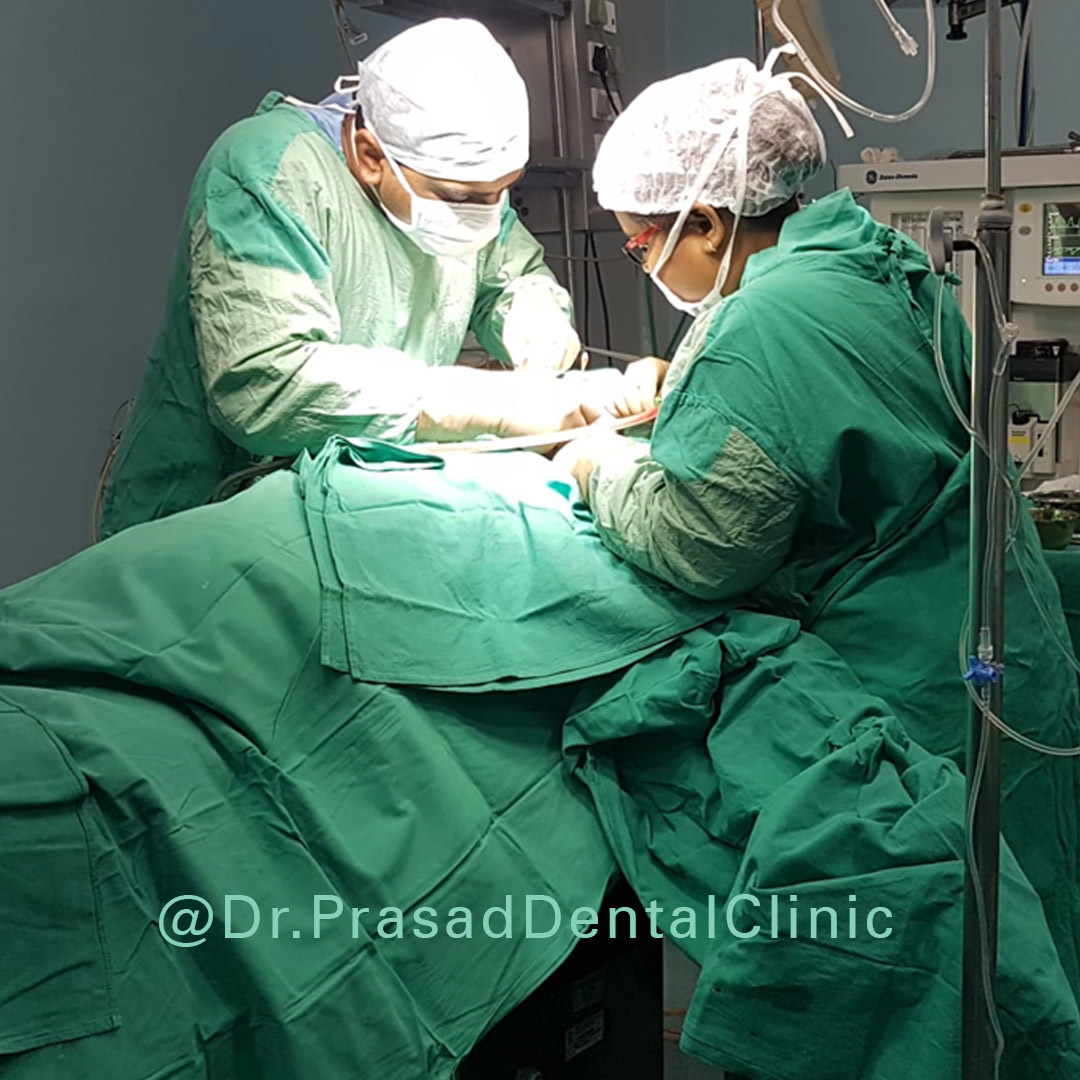
The relationship we develop with our patients is based on listening, understanding, and caring for your needs. Independent of what you expect from your dental treatment, we always provide evidence-based dental treatment options. Applying methods that are adapted to your personal needs, we will find the most suitable solution for you.
Read More...
We understand many people are afraid of the dentist and provide special therapy concepts for patients who are afraid of having dental treatment. We focus on your individual needs and offer you a detailed consultation. Together we will find the best treatment strategy for your needs.
Minimally invasive dentistry
Improvements in biomaterials (specially composites and ceramics) as well as dental adhesive
technology allow long-term restorations with only minor preparation of teeth. Minimally invasive
restorative methods require a high-level competence in treatment strategies and techniques.
Thanks to modern anesthetic methods and medication, treatment under general anesthesia is also a very safe option today and can be performed ambulant. Normally, the patient can go home accompanied approximately one hour after surgery.
When is a treatment under general anesthetic indicated?
A treatment under general anesthetic is recommended when a patient has great fear of the dental
treatments or in cases of extended surgical inter-ventions. An advantage of treatment under
general anesthetic is that different treatment steps can be combined. Therefore, the number of
necessary appointments can be reduced.
JOINT DISORDERS

Joint disorders of the mouth can cause a variety of symptoms; including pain, stiffness, clicking or popping sounds when moving the jaw, and difficulty opening or closing the mouth.
Treatment for joint disorders of the mouth will vary depending on the specific type and severity of the condition. In some cases, home remedies such as ice packs or over-the-counter pain medications may be enough to relieve symptoms.
Read More...
However, more severe cases may require prescription medications, appliances fabricated by a prosthodontist or surgery. Since joint disorders of the mouth are usually approached conservatively at first, it is important to visit your dentist as soon as possible before the condition worsens.
POST CANCER TREATMENT AND PRE CANCER SCREENING

The strategy and techniques of rehabilitation of a head and neck cancer patient are directly related to the location of the cancer and to the extent and type of surgical intervention and radiation modalities used. Oral carcinomas not detected and evaluated in their early clinical stages usually invade adjacent structures, thereby setting the stage for extensive surgical procedures and generally followed by radiation therapy.
Read More...
Removal of extensive segments of the tongue, floor of mouth, mandible, and hard and soft palate as well as the regional lymphatics usually mandates extensive rehabilitative management. Generally, maxillofacial prosthodontists restore maxillary resections with obturator prostheses.
However, in many instances a soft palate speech bulb-obturator retained in the maxillae (for restoration of velopharyngeal function) or a palatal augmentation prosthesis (if tongue function is lost) is required for optimal rehabilitation. Currently, rehabilitation of a maxillectomy and/or soft palate defect via an obturator prosthesis is most effective in restoring function.
Recent advances in microsvascular free flap tissue transfers have been used successfully to reconstruct composite defects of the mandible, buccal mucosa, and tongue.
Current rehabilitative practice is centered in five principles:
The process of rehabilitation begins at time of initial diagnosis and interdisciplinary treatment planning with the oncologists and head and neck surgeons.
The dentition should be preserved if possible.
Rehabilitative treatment plans are based on fundamental principles of prosthodontics, including a philosophy of preventive dentistry and conservative restorative dentistry.
Surgery before prosthetic rehabilitation may be indicated to improve the existing anatomic configuration after ablative cancer surgery, reconstructive surgery, and/or radiation therapy.
Multidisciplinary cancer care is required to achieve the best functional, physical, and psychologic outcomes.
The need to treat tumors expediently often delays planning for rehabilitation. However, without a highly interactive and dynamic dialogue among health care providers during the initial treatment planning process, efforts to provide optimal rehabilitative care are impaired.
Other health professionals-including social workers, vocational rehabilitation counselors, nurses, nutritionists, occupational therapists, physical therapists, speech pathologists, maxilo facial surgeons and prosthodontists -are also vital members of the team. Comprehensive rehabilitation is usually best managed in a medical center venue.
PANFACIAL TRAUMA TREATMENTS
Most pan facial fractures occur with concomitant injuries to other organs. Management of pan facial fractures is challenging and requires proper planning and sequencing along with adequate knowledge of its anatomy and management. Airway, breathing, circulation, disability and exposure (ABCDE) always remain the primary care in any trauma setting.
Read More...
Maxillofacial surgeons play a key role in initial stabilization of fractures, control of local hemorrhage to facial areas and establishment of definitive airway in special situations. Definitive treatment is usually done after stabilization of the patient and systematic evaluation of all systemic injuries. Pan facial fractures demand a lot more planning towards their management.
FACIAL ESTHETIC TREATMENT
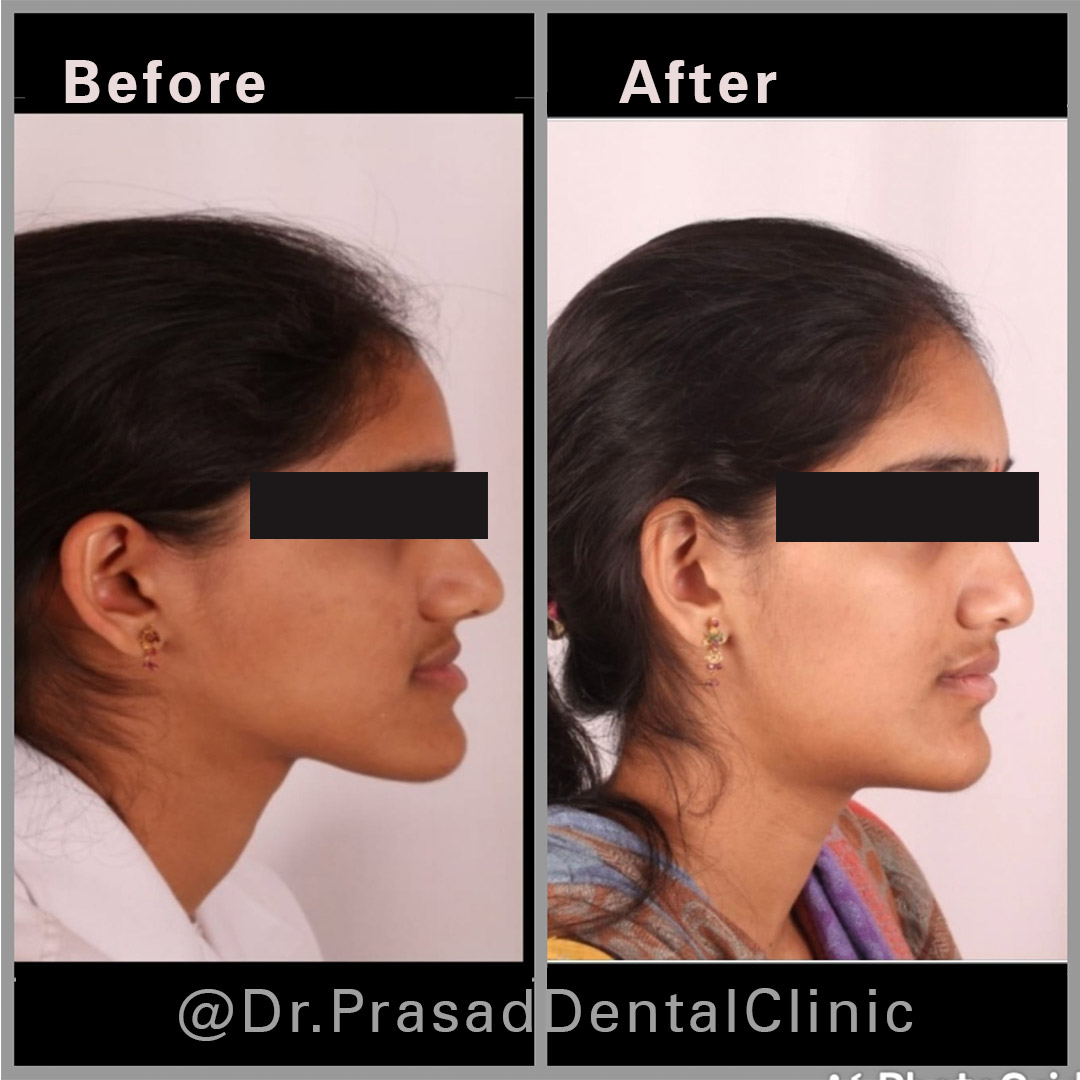
Jaw surgery or Orthognathic surgery is a part of Craniofacial and Plastic surgery where the bones of the upper or lower jaw or both are moved to either realign the position of teeth or improve the appearance of the face.
Read More...
The main specialists involved in orthognathic surgery:
Plastic surgeon
Orthodontist
Maxillo facial surgeon
Speech pathologist
Common reasons to undergo Orthognathic surgery:
1. To correct malocclusion of teeth – There are many types of malocclusion. It could be where the upper teeth are far ahead of lower teeth which are commonly referred to as ‘Overbite’. It could be where the lower teeth are far ahead of upper teeth which are commonly referred to as ‘Underbite’. There could be a gap between the upper and lower teeth which is commonly referred to as ‘Open bite’. When these are due to jaw misalignments and cannot be corrected by braces alone, they require surgical intervention.
2. To improve the appearance of face – Most commonly people seek orthognathic surgery for facial deformities like ‘Dish face’ where the upper jaw is far behind the lower jaw, ‘Weak chin’ where the lower jaw is far behind the upper jaw, ‘Strong chin’ where the lower jaw is far ahead of the upper jaw causing a masculine appearance in a female patient etc.
3. To improve the smile – People who have ‘Gummy smile’, ‘Excessive teeth show’ etc. also benefit from orthognathic surgery.
4. Cleft lip and palate deformities – People with cleft lip and palate usually have a ‘Dish face’ deformity and benefit tremendously from orthognathic surgery.
5. To improve snoring and sleep apnoea – People with snoring and sleep apnoea issues who have failed all previous medical and surgical management can potentially benefit from orthognathic surgery.
Get In Touch
About Us
We offer a full range of dental services, from routine checkups and cleanings to more complex procedures such as root canals and implants. We take pride in our work and our commitment to our patients, and we believe that this shows in the quality of our work. More
Popular Links
© Prasad Dental Clinic 2022. All Rights Reserved.
Designed by Tantraksha